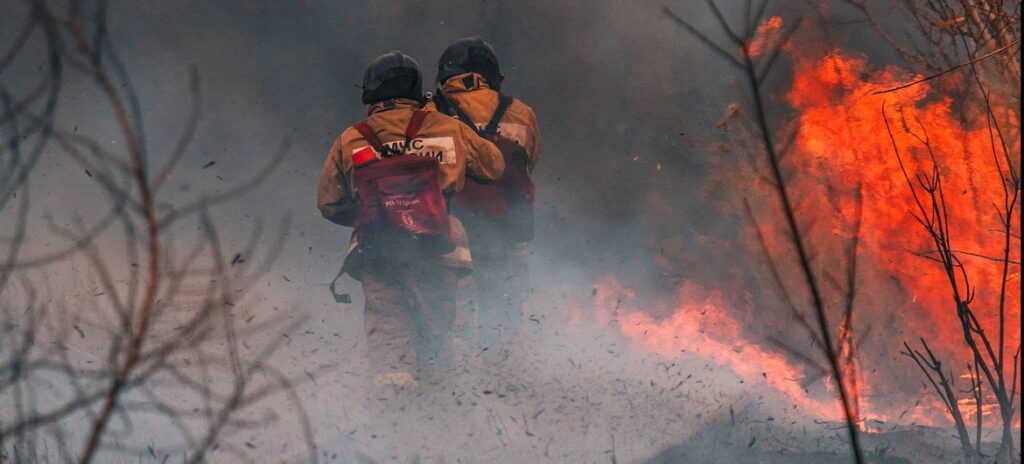Weather, water and climate-related disasters – including severe floods, heat and drought – have affected millions of people and cost billions of dollars this year, with signs and impacts from human-induced climate change mounting.
The events of 2022 once again underscore the clear need to do more to reduce greenhouse gas emissions – with better monitoring – and to boost adaptation to climate change – including through universal access to early warnings, according to the World Meteorological Organization.
The past eight years are on track to be the hottest in history. Global temperature figures for 2022 will be released in mid-January.
The continuation of the cold La Niña phenomenon in its third year means that 2022 will not be the warmest year on record. But this cooling effect will be short-lived and will not reverse the long-term warming caused by record levels of greenhouse gases in our atmosphere.
The tenth year in a row
Annual global temperature projections by the UK Met Office indicate that the average global temperature for 2023 will be between 1.08°C and 1.32°C (with a central estimate of 1.20°C) above the average for the pre-industrial period (1850). – 1900).
This will be the 10th year in a row that temperatures have reached at least 1°C above pre-industrial levels. The possibility of a temporary breach of the 1.5°C limit in the Paris Agreement increases over time.
The Secretary-General of the Meteorological Organization, Professor Petteri Taalas, said:
“This year we have faced several catastrophic climatic disasters that have claimed too many lives and livelihoods and undermined health, food, energy, water security and infrastructure. A third of Pakistan has been flooded, resulting in huge human and economic losses. Record-breaking heatwaves have been observed in China, Europe, North and South America. The prolonged drought in the Horn of Africa threatens a humanitarian catastrophe.”
Professor Taalas added: “There is a need to strengthen preparedness for such extreme events and to make sure we meet the UN goal of providing early warning systems for all in the next five years.”
New way of monitoring
Early warnings, increased investment in the core global observing system, and building resilience to extreme weather and climate will be among the priorities of the World Meteorological Organization in 2023 – the year when the WMO community celebrates its 150th anniversary.
The Meteorological Organization will also promote a new method for monitoring sinks and sources of carbon dioxide, methane and nitrous oxide using ground-based global atmospheric observation, satellite modeling and assimilation. This allows a better understanding of the behavior of major greenhouse gases in the real atmosphere.
Professor Taalas said there are, for example, major uncertainties regarding the strength of carbon sinks in the biosphere and methane sources, which would be better monitored using the new method.
climate indicators
Greenhouse gases are just one indicator of the climate now at remarkable record levels. Sea level, ocean heat content and acidification – also recorded remarkable record highs. The rate of sea level rise has doubled since 1993. It has risen by nearly 10 mm since January 2020 to a new record high this year.
The past two and a half years alone account for 10 percent of the total rise in sea level since measurements began using satellites nearly 30 years ago, according to the organization’s interim report on the State of the Global Climate in 2022.
Record melting of icebergs in Europe
The year 2022 has taken a heavy toll on glaciers in the European Alps, with initial indications of a record-breaking melt. The Greenland Ice Sheet has lost mass for the 26th year in a row and it has been raining on the ice cap instead of snow for the first time last September.
A new assessment by the US National Oceanic and Atmospheric Administration shows how climate change is fueling increased storms, heat and humidity in the Arctic region.
“Hurricane, wildfire smoke and increased precipitation are not things most people envision when thinking of the Arctic. However, here are some of the climate-driven events listed… that provide a detailed picture of how “Warming is reshaping a once-frozen, snow-covered region that is warming faster than any other part of the world.”












